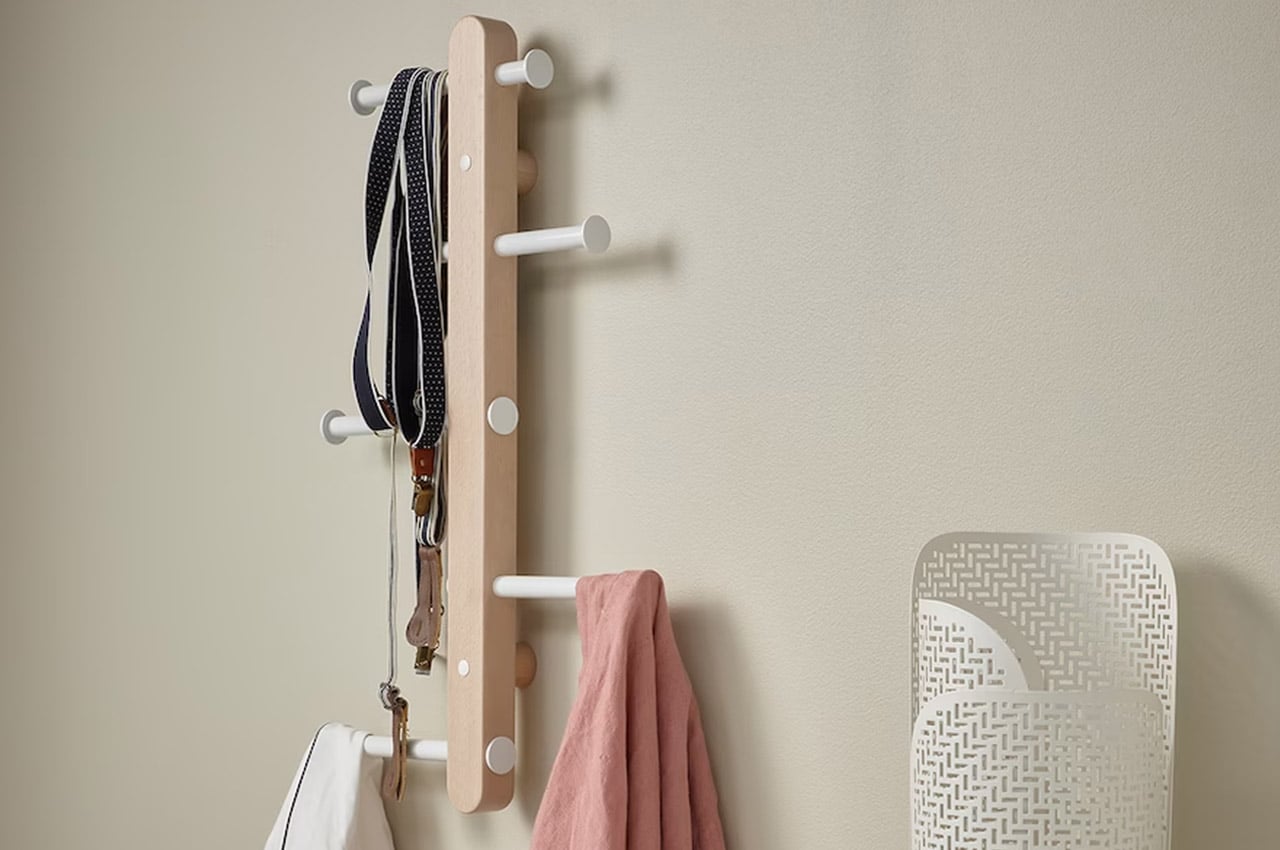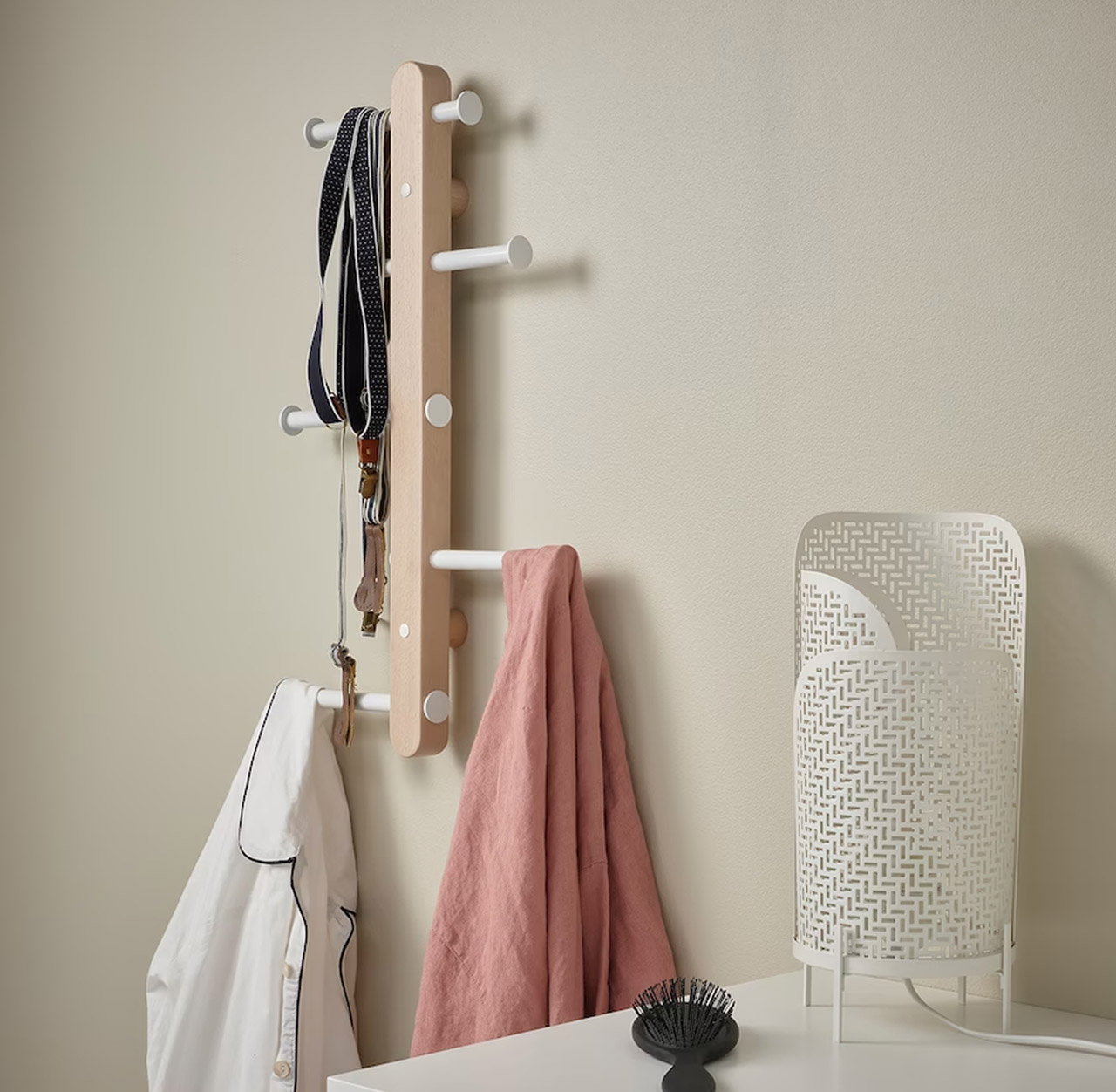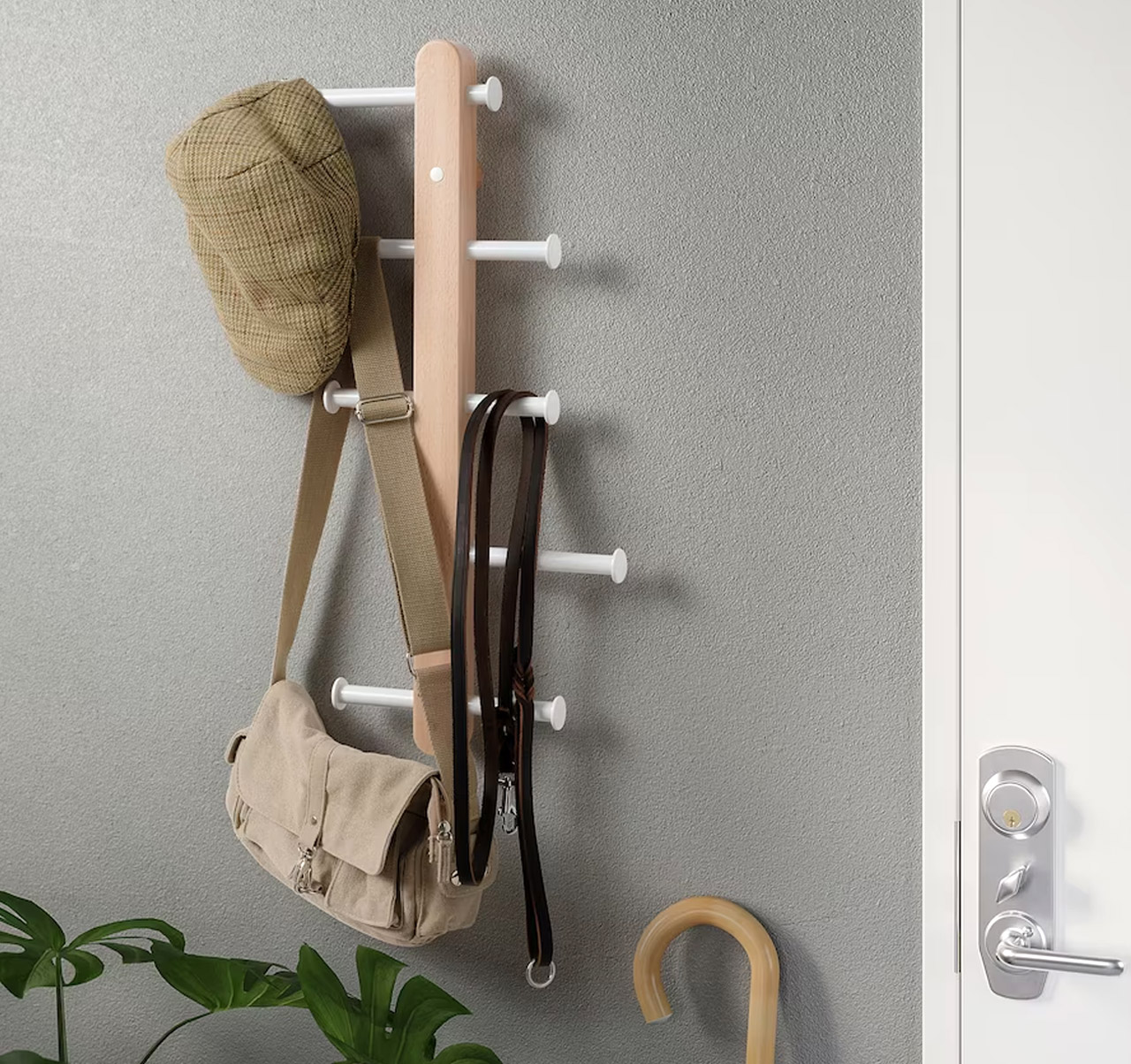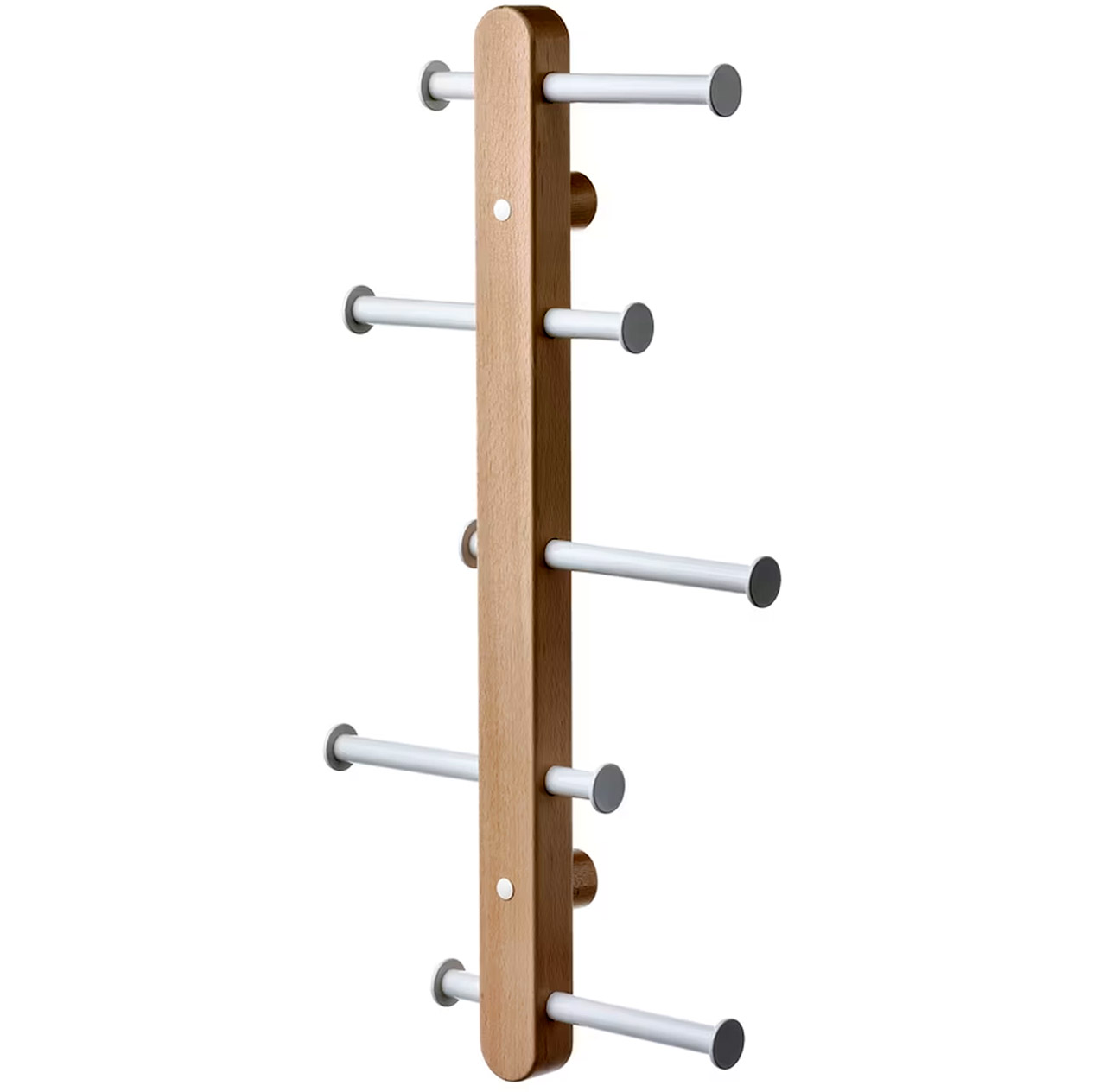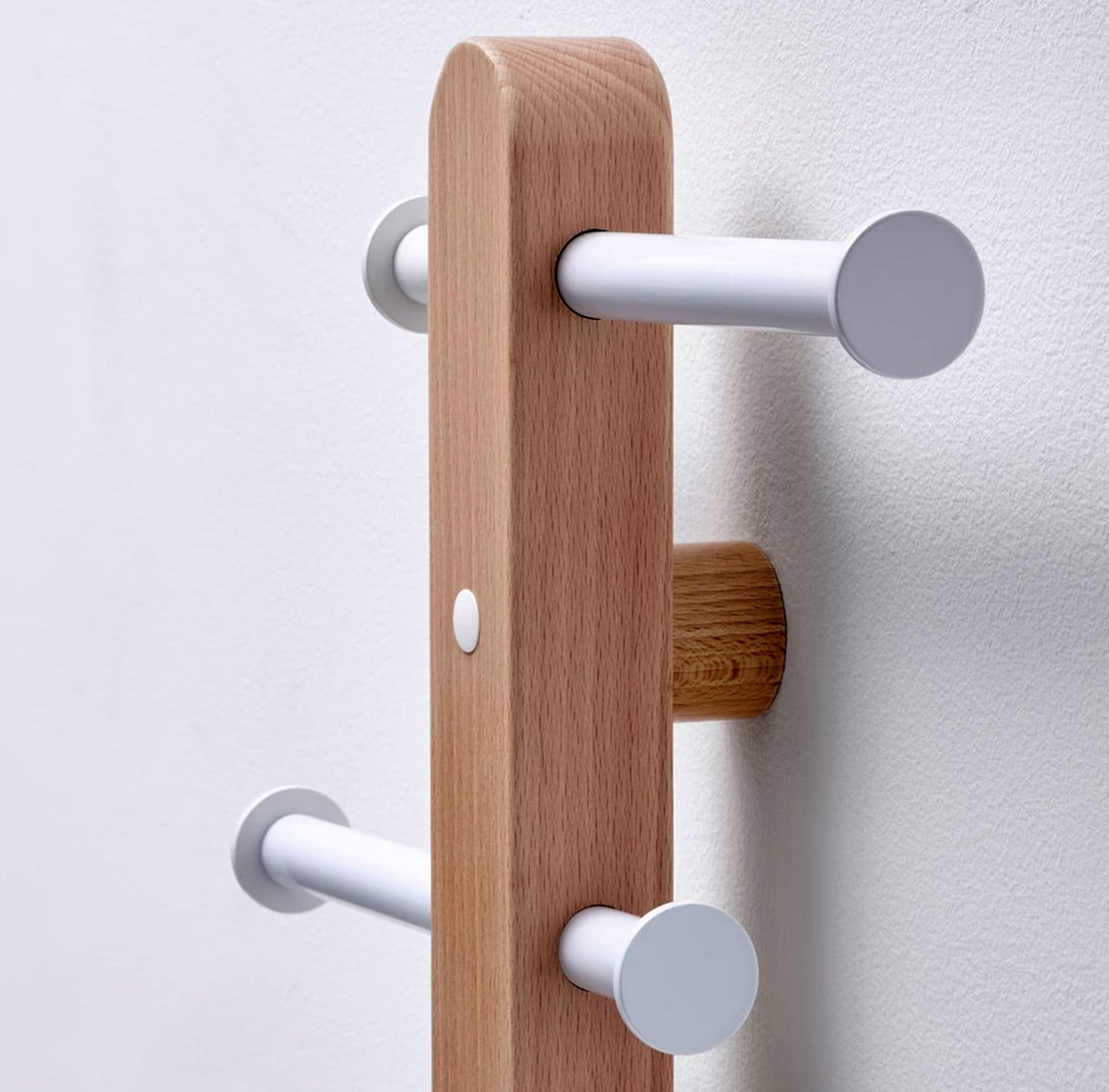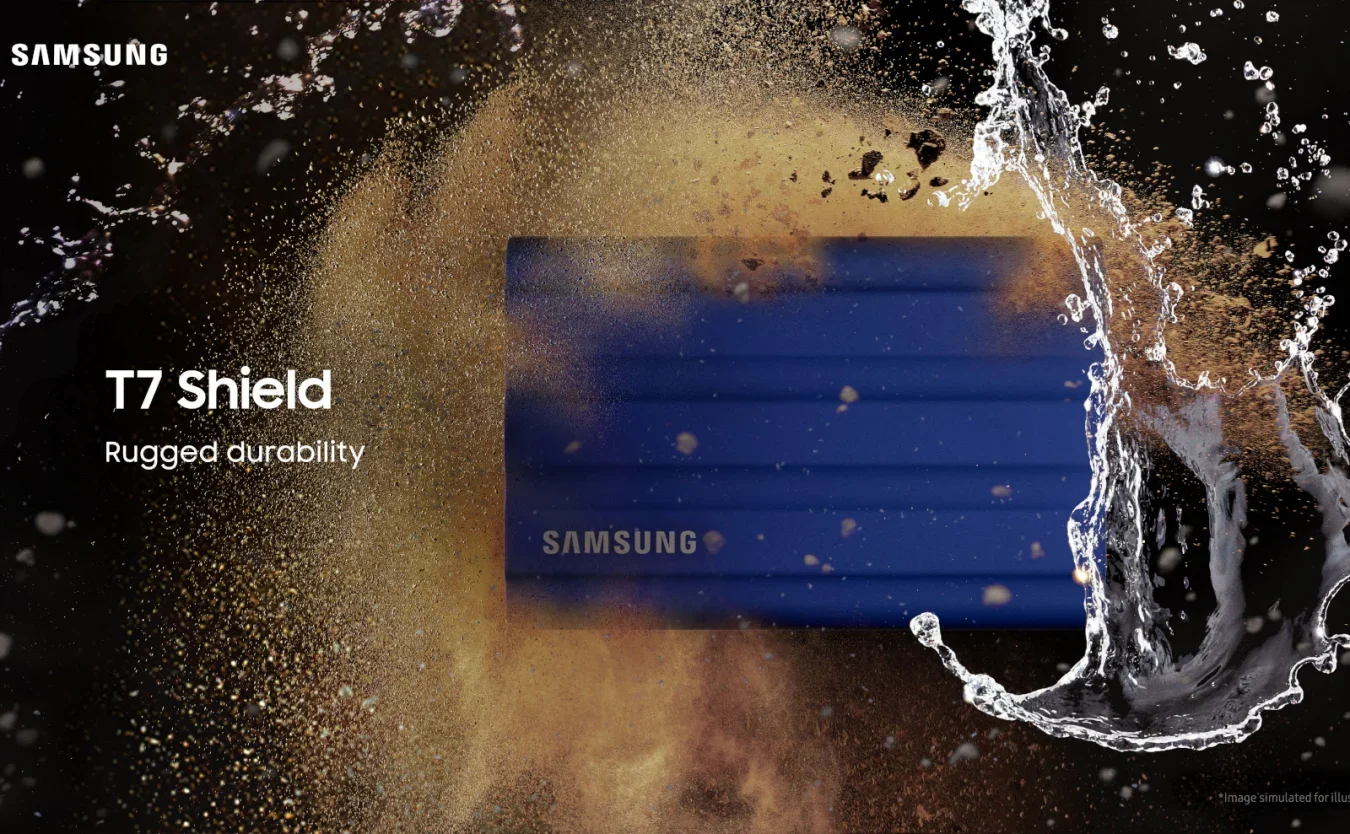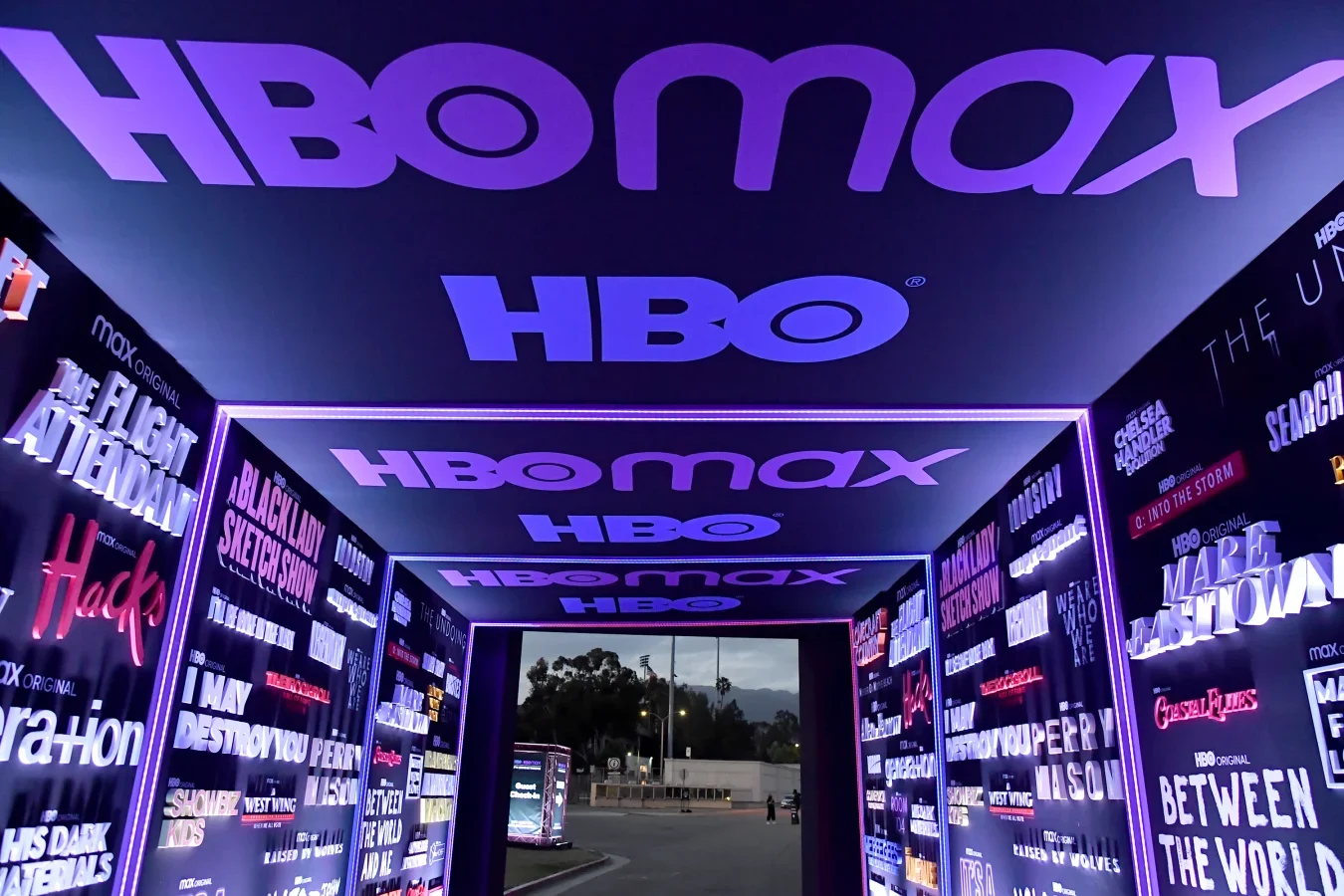Magic Leap's second take on augmented reality eyewear is available. The company has started selling Magic Leap 2 in 19 countries, including the US, UK and EU nations. The glasses are still aimed at developers and pros, but they include a number of design upgrades that make them considerably more practical — and point to where AR might be headed.
The design is 50 percent smaller and 20 percent lighter than the original. It should be more comfortable to wear over long periods, then. Magic Leap also promises better visibility for AR in bright light (think a well-lit office) thanks to "dynamic dimming" that makes virtual content appear more solid. Lens optics supposedly deliver higher quality imagery with easier-to-read text, and the company touts a wider field of view (70 degrees diagonal) than comparable wearables.
You can expect decent power that includes a quad-core AMD Zen 2-based processor in the "compute pack," a 12.6MP camera (plus a host of cameras for depth, eye tracking and field-of-view) and 60FPS hand tracking for gestures. You'll only get 3.5 hours of non-stop use, but the 256GB of storage (the most in any dedicated AR device, Magic Leap claims) provides room for more sophisticated apps.
As you might guess, this won't be a casual purchase. The Magic Leap 2 Base model costs $3,299, while developers who want extra tools, enterprise features and early access for internal use will want to pay $4,099 for the Developer Pro edition. Corporate buyers will want to buy a $4,999 Enterprise model that includes regular, managed updates and two years of business features.
You won't buy this for personal use as a result. This is more for healthcare, industry, retail and other spaces where the price could easily be offset by profits. However, it joins projects from Qualcomm, Google and others in showing where AR technology is going. Where early tech tended to be bulky and only ideal for a narrow set of circumstances, hardware like Magic Leap 2 appears to be considerably more usable in the real world.
